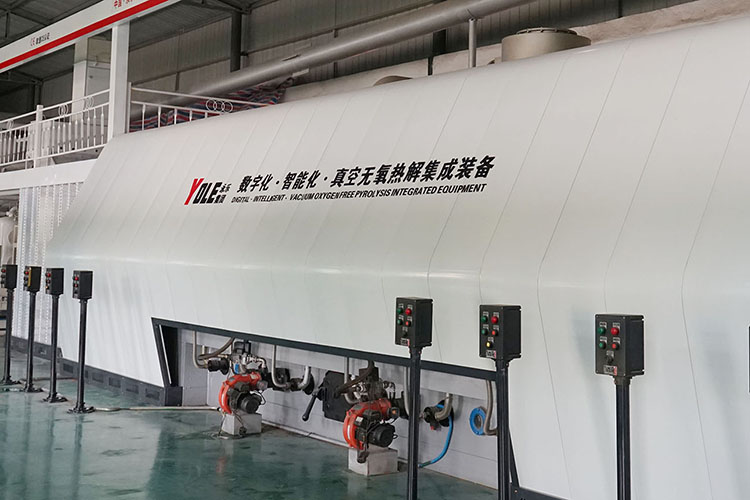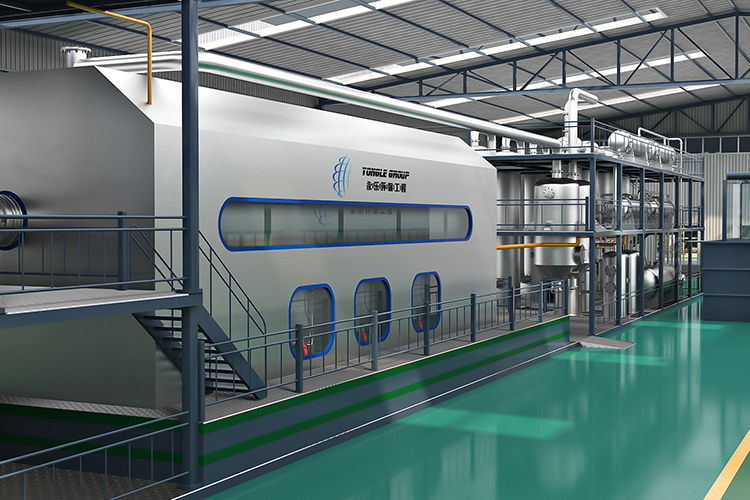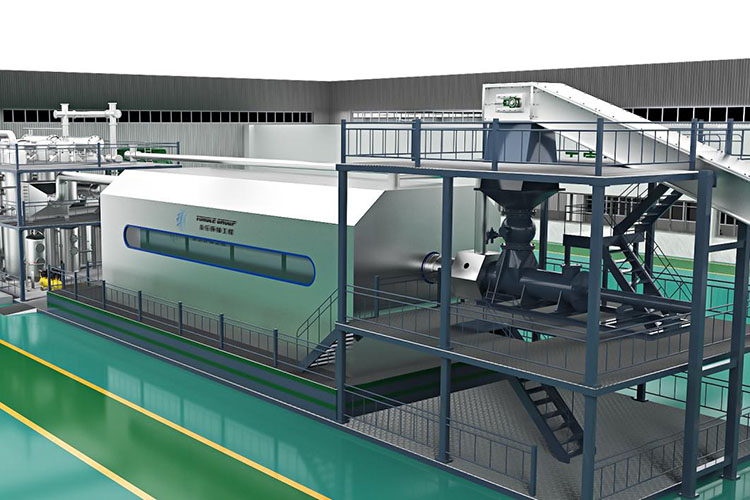The disposal of medical waste is a vital aspect of the modern healthcare system, especially in terms of infection control and environmental protection. With the development of the medical industry, the types and quantities of medical waste continue to increase. How to deal with these wastes effectively, economically and safely has become an urgent problem to be solved. As a mainstream medical waste treatment technology, high-temperature incineration equipment has gradually become the first choice of many medical institutions due to its unique advantages.
The biggest feature of high-temperature incineration equipment is that it can incinerate medical waste at extremely high temperatures. This process can not only effectively eliminate pathogens in the waste, but also convert it into harmless substances. The incineration temperature is usually above 850 degrees Celsius, which is enough to completely destroy bacteria, viruses and other pathogens, greatly reducing the risk of infection. This is particularly important in high-risk environments such as hospitals. Through incineration, medical institutions can ensure environmental and public health safety and reduce the possibility of spreading infectious diseases.

In addition, high-temperature incineration also has a significant reduction effect. During the incineration process, the volume of medical waste is usually reduced by more than 90%, which means that subsequent processing and disposal pressure is greatly reduced. Minimization not only saves storage and transportation costs, but also reduces reliance on landfills, thereby reducing the burden on land resources. This treatment method is especially suitable for medical waste that takes up a lot of space, such as plastic products, disposable equipment, etc.
The harmless treatment characteristics of high-temperature incineration also deserve attention. The incinerated waste mainly forms ash and gas. After proper treatment, the ash can be safely landfilled, while the gas can be processed through an advanced exhaust gas purification system to reduce environmental pollution. This method ensures thoroughness and environmental protection of waste treatment and meets the requirements of modern society for sustainable development.
It is worth mentioning that high-temperature incineration equipment can also achieve energy recovery during the incineration process. Some advanced incinerators can use the thermal energy generated during the incineration process to generate electricity or heat, which not only improves the efficiency of resource utilization, but also saves energy costs for medical institutions. In this way, the treatment of medical waste not only becomes a necessary task, but can also be converted into economic benefits and form a virtuous cycle.

In terms of operation, modern high-temperature incineration equipment is usually equipped with advanced automated control systems, making operation relatively simple and efficient. These systems can monitor the incineration process in real time to ensure that parameters such as incineration temperature and pressure are in optimal conditions, thereby improving incineration efficiency and safety. Operators can easily grasp the incineration process through these systems and adjust parameters in a timely manner, avoiding risks caused by human operating errors.
In addition, high-temperature incineration equipment also has strong adaptability and can handle various types of medical waste. This includes infectious waste, pharmaceutical waste, chemical waste, etc., demonstrating the flexibility and breadth of its processing. In different types of medical institutions, whether they are large hospitals or small clinics, you can find suitable high-temperature incineration equipment for waste treatment to meet various needs.

However, despite the many advantages of high-temperature incineration equipment, its operation still needs to strictly comply with environmental regulations and safety standards. In aspects such as equipment selection, waste placement, and incineration temperature control, standardization and scientific operation must be ensured to minimize the impact on the environment. At the same time, the operation and maintenance of incineration equipment also require professionals to ensure the long-term stable operation of the equipment.
In summary, the application of high-temperature incineration equipment in medical waste treatment fully reflects its advantages in eliminating pathogens, reducing treatment, harmless treatment, energy recovery and ease of operation. With the continuous advancement of technology and the increasing awareness of environmental protection, high-temperature incineration will continue to play an important role in the field of medical waste treatment, helping the sustainable development of the medical industry and public health safety.
Yongle Environmental Protection is mainly engaged in the research and development, production and sales of complete sets of technical equipment for organic solid waste disposal and comprehensive utilization. Production and manufacturing, domestic waste treatment equipment, tire pyrolysis equipment, medical waste disposal equipment, hazardous waste disposal equipment, and achieve efficient and comprehensive utilization of resources through independently developed low-temperature anaerobic pyrolysis equipment technology solutions.
Tags:Advantages of medical waste high temperature incineration equipment,medical waste high temperature incineration equipment,YONGLE GROUP
 Latest news
Latest news


























